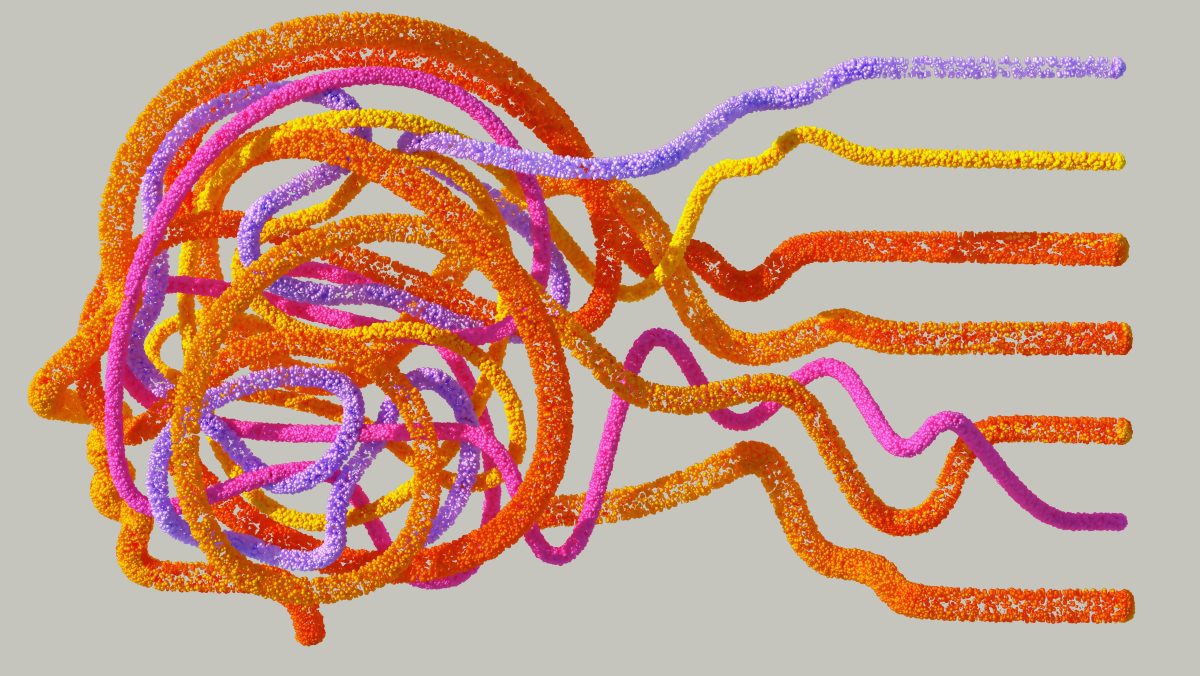Is it true that the left brain is related to creativity?
But there is a story behind this, full of myths, science, and even a Nobel Prize. Join me in unravelling this mystery!
How true is it that the right side of the brain is for creativity?
It is believed that our brain is divided into:
Left hemisphere: exclusively for logic and analysis, and Right hemisphere: exclusively for creativity and art.
To understand why this idea has persisted over time and to know what neuroscience really tells us, it is necessary to know its origin and compare it with more recent discoveries, especially the studies by Roger Sperry in 1960 and Eric Kandel in 2000 (note that by 2025 there are already other studies that will surprise you even more and explain why boys talk less than girls, but I’ll leave that for another post).
The origin of the myth, Roger Sperry and split brains
The idea that the hemispheres of the brain have specific functions comes from the studies of neuropsychologist Roger Sperry in 1960. Sperry conducted experiments with patients who had ‘split brains’ and observed that each hemisphere seemed to operate relatively independently and specialised. For example, he noticed that the left hemisphere dominated language and logical processing, while the right hemisphere showed greater ability for spatial processing and face recognition. These findings contributed to the popularisation of the idea of a logical, analytical ‘left brain’ and an intuitive, creative ‘right brain’. In 1981, Sperry received the Nobel Prize in Physiology or Medicine for his discoveries on the functional specialisation of the cerebral hemispheres.
To explain what he was trying to do, I will use the following analogy: Imagine that your brain is like a computer with two main parts connected by a thick cable. Sperry studied what happened when that cable was cut in people who had very serious problems. He discovered that each part could do some things on its own, as if one part was better at talking and the other was better at drawing!
Eric Kandel and the neuroscience of memory, beyond the hemispheric division of the brain
Eric Kandel, who won the Nobel Prize in 2000 for his research on the molecular and cellular mechanisms involved in learning and memory, focused on synapses, which are the connections between neurons. These connections can be strengthened or weakened depending on our experiences, and they are the basis of how we remember and learn.
To explain Kandel’s study, I will use the following analogy: imagine that the neurons in your brain are like little messengers that pass information to each other. When you learn something new, such as riding a bike, these messengers begin to communicate more effectively, as if the roads they use are widening and becoming easier to travel on. Kandel discovered how these roads are widened in our brains.
Although his research did not focus specifically on the hemispheres of the brain, his findings on plasticity and the mechanisms of memory are essential to understanding how all our cognitive functions, whether logical or creative, develop and manifest themselves in the brain.
Demystifying
Demystifying. Studies using functional magnetic resonance imaging (fMRI) and electroencephalography (EEG) have shown that creative activities are not limited to a single region of the brain or a single hemisphere. In fact, they involve complex neural networks that span the entire brain and require fluid communication between both hemispheres via the corpus callosum.
I can explain it better with this analogy: think of a musician composing a melody. Their brain does not divide the task between a creative side and a logical side. They need logic to understand musical structure, harmony and rhythm (functions more associated with the left hemisphere), but they also need imagination, intuition and the ability to generate new ideas (functions traditionally attributed to the right hemisphere). Both hemispheres work together in perfect harmony.
How do I relate smart memory to digital transformation?
‘Smart memory’ in this context refers to the ability of people and organisations to:
- Learn and retain new knowledge: Become familiar with digital tools, understand new processes and adapt to different ways of working.
- Apply knowledge flexibly: Use information stored in memory to solve problems in constantly changing digital environments.
- Forget what no longer works: Leave behind old practices that are no longer relevant in the new digital world.
In the workplace, we see this when: Training is provided in new technologies, knowledge management and adaptation to change.
Cognitive neuroscience also shows us the power of storytelling to capture attention, evoke emotions and facilitate information retention. Well-told narratives activate various areas of the brain, including those related to emotions, imagination and understanding. When a story touches us emotionally, dopamine is released, a neurotransmitter that strengthens synaptic connections in the areas of the brain that handle memory. This explains why we remember stories that have impacted us better. Some examples of how this applies to digital transformation are: in storytelling, communicating change, in marketing and sales, as well as in leadership and motivation.
Are there other myths about the brain’s hemispheres?
In addition to the idea that only the right hemisphere is responsible for creativity, there are a few other misconceptions worth mentioning:
- Absolute dominance: The belief that someone is completely ‘left-brain’ or ‘right-brain’ is a myth. In reality, we all use both hemispheres continuously.
- Split personalities: The idea that people with left-brain dominance are always logical and rational, while those with right-brain dominance are only intuitive and emotional, is an oversimplification of the complexity of human personality.
- Left-handed people use the right side of the brain: Eric Kandel’s findings on memory and learning apply to both hemispheres and to all people, regardless of whether they are right-handed or left-handed. The way we learn and remember language is not fundamentally determined by our manual laterality.
Conclusion
It is true that there are differences and some functional specialisation between the brain hemispheres, something that Roger Sperry pioneered in his research. However, the idea that we have a ‘left brain’ that is only logical and a ‘right brain’ that is only creative is an oversimplification and, to a large extent, a popular myth. Neuroscience shows us that our brain is an incredibly complex and dynamic organ, where collaboration between different areas and hemispheres is key to all our cognitive abilities, including both creativity and logic. The real key is not to enhance one hemisphere over the other, but to encourage collaboration and effective communication between the two to unleash our full potential.











